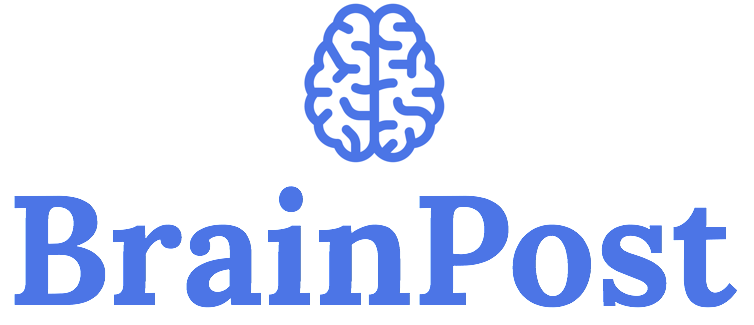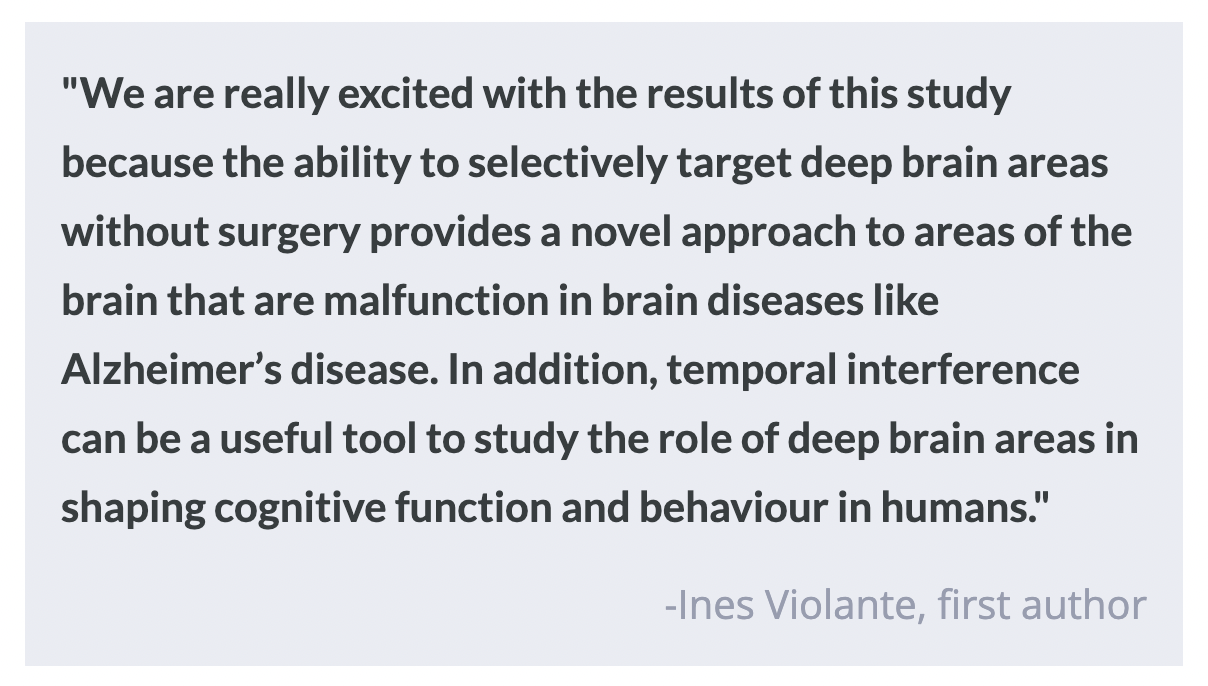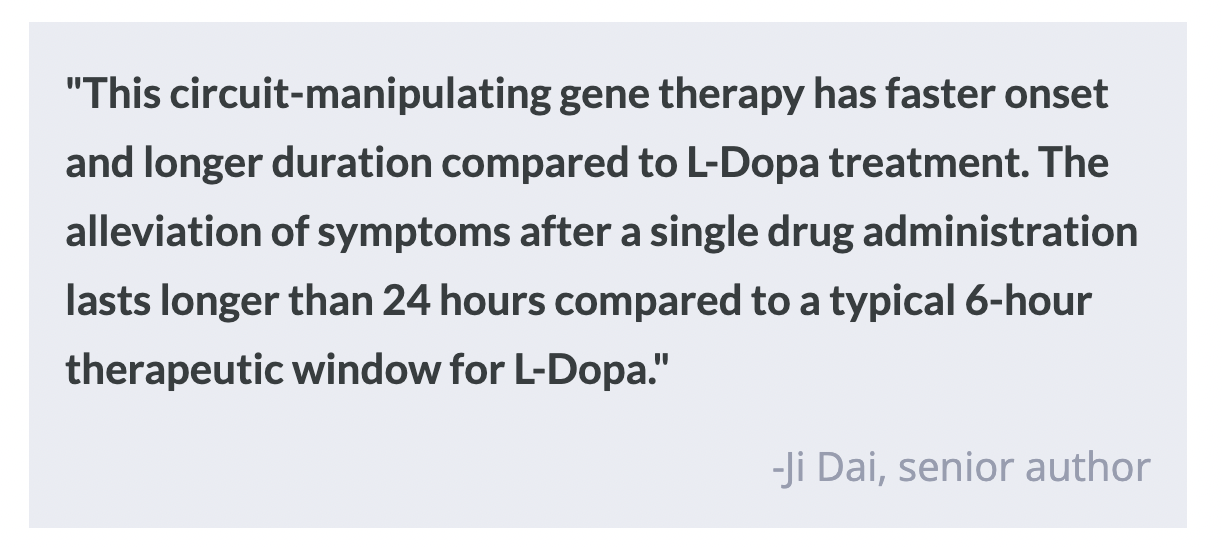The Role of Frontal Theta-Band Activity in Regulating Risk-Taking Behavior
Post by Kulpreet Cheema
The takeaway
Previous research suggests that frontal cortex theta-band activity - a rhythm of neural activity between 4-8 Hz - plays a significant role in modulating decision-making involving risk. Theta-band activity in the left dorsolateral prefrontal cortex (DLPFC) specifically, is associated with increased risk-taking behavior.
What's the science?
We face risky choices constantly in everyday life, from small decisions like whether to take an umbrella out with us based on the weather forecast, to larger decisions like deciding how to invest our money in the stock market. Electroencephalography (EEG) studies have shown that frontal theta-band activity is associated with cognitive control, response inhibition, reward anticipation, and conflict detection processes that are essential in risk-taking behavior. The dorsolateral prefrontal cortex (DLPFC) and medial prefrontal cortex (MPFC) are two crucial frontal brain regions involved in decision-making, particularly in a risky context. This week in NeuroImage, Dantas and colleagues aimed to understand the role of frontal cortex theta-band activity in regulating risk-taking behavior.
How did they do it?
Thirty-nine participants performed the Maastricht Gambling Task (MGT) while their right or left DLPFC were stimulated with transcranial alternating current stimulation (tACS). tACS is a unique form of brain stimulation used to modulate brain activity and in some cases induce neural plasticity. The MGT was carefully selected to assess risk-taking behavior, controlling for the effects of other variables like loss aversion and memory and learning effects. In each trial, participants had to guess the color of a box hiding a token, with varying probabilities of success and corresponding payoffs. Two tACS stimulation intensities (1.5 mA and 3 mA) were applied to assess the impact of intensity on risk-taking. The researchers analyzed behavioral data, including risk, value, and response time, as well as EEG data, to understand how brain stimulation affected risk-taking behavior.
What did they find?
The results showed that stimulating the left DLPFC with theta-band tACS led to increased risk-taking behavior. However, when the right DLPFC was stimulated, no significant changes in risk-taking were observed. Participants' ‘value’, which reflects their attraction to larger payoffs or rewards in a given trial of the gambling task, increased significantly during left DLPFC stimulation, especially with higher intensity. In contrast, right DLPFC stimulation, particularly at higher intensity, led to a significant reduction in value. EEG data revealed increased theta power after sham stimulation and an overall increase in frontal theta power after left DLPFC tACS. However, no significant EEG aftereffects were observed following right DLPFC tACS.
What's the impact?
This study sheds light on the differential role of right and left frontal theta-band activity in risk-taking behavior. Researchers found that stimulating specific brain regions can influence decision-making under risk, with left DLPFC stimulation increasing risk-taking, and right DLPFC stimulation reducing it, particularly at higher intensities. Understanding these relationships has potential applications in clinical settings, as these findings could inform intervention in cases involving abnormal risk-taking behavior. The research also highlights the importance of tACS stimulation intensity, indicating that higher intensities may be necessary to induce consistent behavioral responses.





